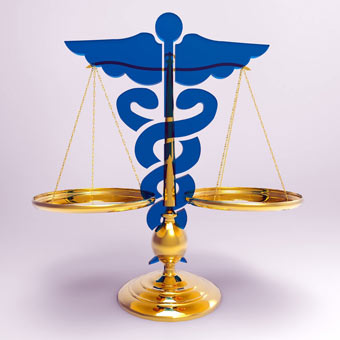Stroke – Recognizing and Responding
 According to the American Heart Association, strokes killed 137,119 people in 2006, which ranks behind only heart disease and cancer. Recognizing the signs of a stroke and quickly responding are the most important ways you can help someone experiencing a stroke.
According to the American Heart Association, strokes killed 137,119 people in 2006, which ranks behind only heart disease and cancer. Recognizing the signs of a stroke and quickly responding are the most important ways you can help someone experiencing a stroke.
The signs of a stroke are varied and usually occur suddenly. The American Red Cross has a useful acronym for recognizing a stroke: FAST.
1) Face – Ask the person to smile. See if there is drooping on one side of the face.
2) Arm – Ask the person raise their arms. See if they have difficulty raising one of their arms.
3) Speech – Ask the person to say a few words. Listen for slurred speech or difficulty pronouncing words.
4) Time – Note the time you witnessed any of the above symptoms and call 911.
However, sometimes the signs of a stroke can be more difficult to recognize. A sudden searing headache that does not go away could be a stroke. Other possible signs include trouble seeing in one or both eyes, dizziness, and loss of coordination and balance.
If you believe someone is having a stroke they need immediate medical attention. Strokes are so deadly because blood flow is being blocked to a section of the brain – and without blood that section of the brain will literary die. There are now treatments that can decrease the affects of a stroke, but these treatments are very time sensitive. If you think someone is having a stroke call 911 immediately.
To learn more about strokes and how to respond to other medical emergencies, consider taking an American Red Cross or American Heart Association first aid or CPR class.
